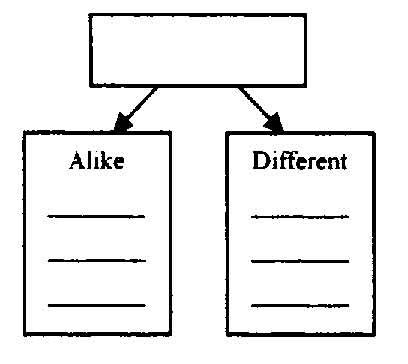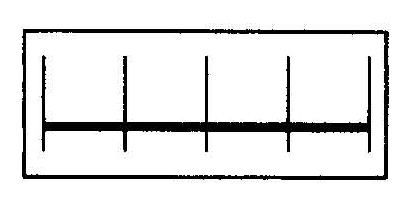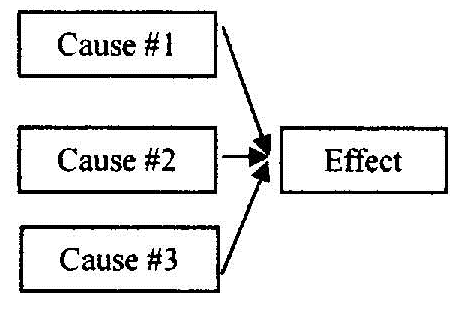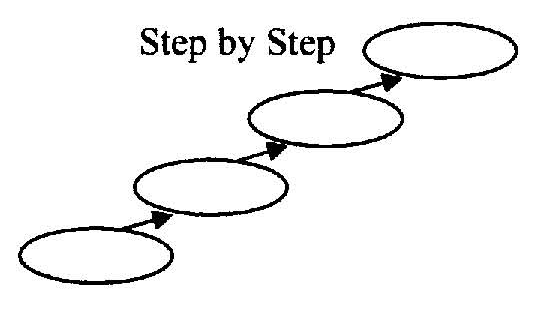Personal and Cultural Identity
Text Structures
To make sense of text, it is important to determine the text structure. Text structure refers to the way information is organized. How does the author develop the main idea? How does the author support the argument or thesis of the text? Text structure enables authors to organize their thoughts as they write. Authors use many different structures to organize and support their ideas. It also helps the reader in that it provides a structure in which information can be found and understood while it's being read. There are several different types of text structure, including:
- Compare and contrast: discussing similarities and differences
- Spatial: organized in order of space/location (descriptive writing)
- Timeline/Chronological: discussing things in order they occurred
- Problem and solution: presenting a problem and offering a solution
- Cause and effect: explaining a cause and its results
- Sequence/Order of Importance: information is listed step-by-step
Click on each text structure to link to a template for your use. There are both Word and .pdf formats available in the folder called Graphic Organizers at the front of the course. You are responsible for understanding and being able to use each of these text structuring strategies.
|
Compare and Contrast |
Spatial |
Chronological |
|
|
|
|
|
Problem and Solution |
Cause and Effect |
Order of Importance / Sequence |
|
|
|
|





